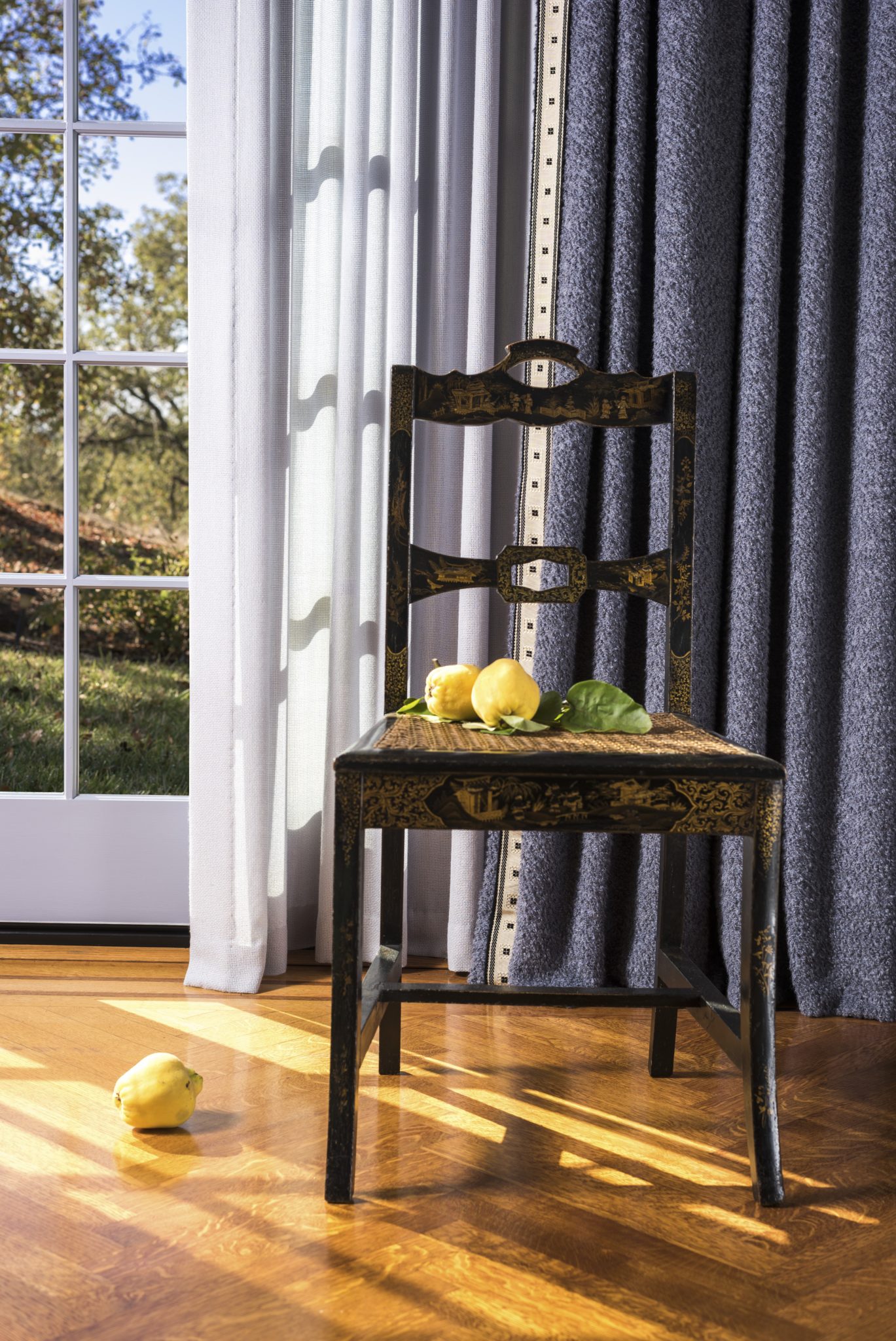After a childhood spent traveling the globe and a varied career, Peruvian native Sandra Jordan set out to create a luxury textile collection that would honor the traditional craftsmanship of her birth country. As she explored the materials she could use for her textiles, Jordan rediscovered alpaca fiber, a highly sought-after material throughout history that comes in diverse natural shades and is sustainable to produce. Her brand, Prima Alpaca, uses fleece sheared from baby alpaca, which is then dyed in a rich range of colors — alpaca fiber retains its luster in spite of the dye and maintains its silky, velvety texture —to create a myriad of lush fabrics. Here Jordan talks to us about the inspirations behind Prima Alpaca and explains why alpaca fiber is unique within the luxury market.

Q. How does your early childhood in Peru, along with other countries, impact your work?
A. My early childhood in Peru along with other countries not only impacts my work but also every part of who I am today. As a young girl in Peru, I assumed the whole world was Catholic. When I started living around the world I had classmates that were Hindus, Buddhists, Muslim, Jewish, Protestant, and more. I was fascinated to not just learn about the religious, cultural, culinary, and language difference, but I also loved learning about how geography impacted music, colors, and design.
Now that I have my own textile business, I can retrieve those memories and apply them to my design work. When I look at colors, I can call out color memories. For example: something might remind me of the color of the water on the Mumbai Harbor at sunset. I also love to incorporate design ideas from around the world. In my own bedroom, I have combined my Prima Alpaca with Fortuny textiles and Suzani embroidery, as well as embroidered fiber from Ayacucho.

Q: How does Peruvian history factor into your approach to textiles?
A. Peruvian culture is a beautiful mix of Hispanic and Native traditions. Peruvian textiles have an incredibly rich tradition. For example, the Paracas people are known for their exquisite and delicate textiles, some dating from around 600 BCE. All the many cultures of the Inca and pre-Inca Empire had rich textile traditions. These cultures highly valued textiles. In Peru today and in my work, you can still see the beautiful mix of pre-Incan textiles mixed with Spanish viceroyalty influences, re-interpreted with modern taste.

Q: Why did you choose to work with alpaca fiber?
A. Alpaca fiber has been on my mind since my early school days. In our Peruvian history classes, we learned about how the Inca nobility only wore each woven alpaca cape once. They had a storeroom full of capes so they could change them at a whim. Alpaca fiber was also considered the “Gold of the Andes” and the “Clouds on Earth”, meaning that it had a lot of importance. In college, I majored in Latin American studies with a focus on pre-Colombian textiles.
All this stayed with me and when I was ready to start a business, I created a business that would give back to my native country. Finally, after reading an article called The Secret of the Alpaca Mummies with the subtitle, “Did the ancient Inca make the finest woolen cloth the world has ever known?,” I was finally ready embark on a new career, and an alpaca textile business was the obvious choice. At that time I was the creative director at Jordan Winery and was in the midst of redoing our guest suites. It was a perfect time to design and order new fabric — naturally I wanted to use alpaca fiber. I wanted the suites to feel like an extension of the vineyards. And as it happened to be the harvest season, I collected grape leaves of different colors and created my palette. It was a big success, and visitors to the winery began to inquire about the fabric. One of them was a San Francisco-based designer who had a showroom. He encouraged me to start a textile line, and the rest is history.

Q: How does your work empower Peruvian artisans?
A. My work has helped artisans take note of what the interior design market around the world prefers. I educate them about color preference and design. We also want to create jobs. Everything is made in Peru, from ribbons to collateral and even our photography.

Q: You’ve also worked as an educator, translator and, creative director for your family’s winery. How do those experiences affect your understanding of the design industry and your textile business?
A. My skills as an educator, translator, and creative director have helped immensely. Being an educator has been invaluable. I travel the world educating our sales staff and designers about the wonderful properties of alpaca fiber and our designs. Being a translator has come in very handy when I travel to different markets and, of course, when I work in Peru. Working with a luxury brand as creative director prepared me to lead a luxury brand.

Q: What’s unique about your textiles?
A. Our textiles are entirely unique. We have the world’s only extensive line of luxury alpaca textiles for the home.
Q: What are some of the creative ways that designers have used your textiles?
A. There are many applications for our textiles. They are used for drapery, upholstery, bedding, pillows, headboards, tablecloths, throws, outerwear, etc.

Q: What’s most inspiring to you about working with textiles?
A. The process of designing a textile is so rewarding and inspiring. I feel low when the process is completed, but then I experience a high when I receive the finished product. Naturally, it is immensely rewarding to witness the positive response from the sales representatives and designers.















